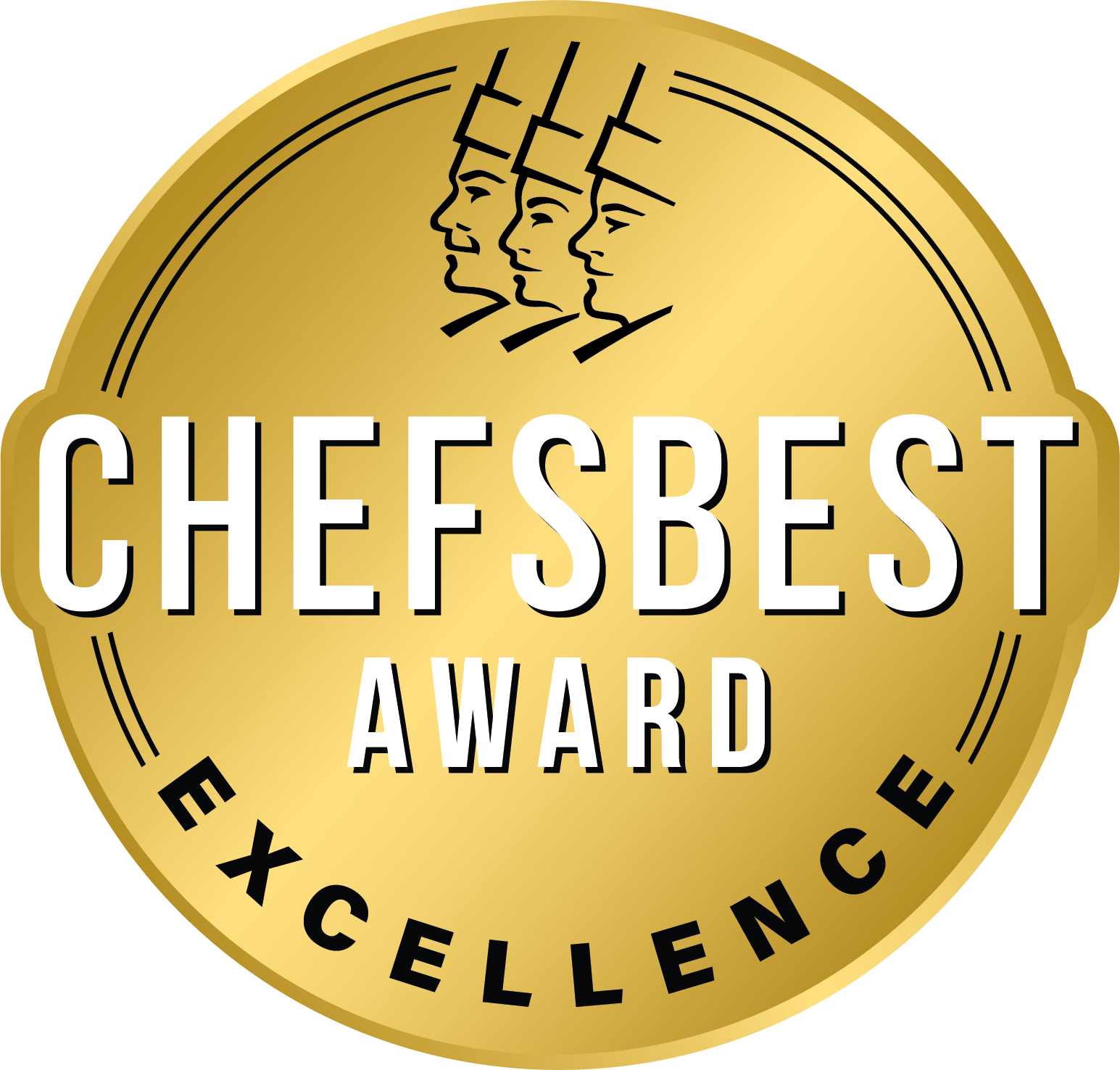Chef of the Week: Mike Kalanty

With over 20 years in the culinary industry, Chef Kalanty is an experienced artisan, baker, and sensory scientist. Founder of Breads With Benefits Project, Mike Kalanty is an avid writer, educator, and advocate of all things bread.
What is your favorite meal to prepare?
I’m a big fan of slow-cooked, big pot suppers like South Philly Italian Meat Gravies, Chicken and Andouille Sausage Gumbo, and Pork and Pozole Stews. These classics require intermittent steps over a two, three, or four hour time frame in order to build the depth of flavors that is their hallmark. Especially when I’m writing, these steps guarantee that I have built-in breaks from the keyboard. And what better way to clear my head than to immerse my senses in a simmering pot of flavor and nutrition.
What are your grocery store staples?
A couple of my grocery store staples are coffee—dark, rich, and earthy—and Whole Milk. Whole Milk gets a bad rep and I know it’s more hip to use 2% or less, but when you heat some milk in a small pan, pour it into your pre-heated coffee mug, and then use your smallest sauce whisk to whip it into a soft foam, well, that takes your morning coffee to a higher level of sensory experience. For me, I’ll ride my bike an extra mile each day instead of robbing my palate of that sensory pleasure.
In addition to participating on the ChefsBest panel, how else are you involved in the culinary community?
“Bread with Benefits” is the name of my campaign. It’s grounded in the knowledge that whole milled grains (not commercial bags of whole wheat flour, which have been ground, sifted, oxidized, and robbed of nutrition and flavor) and wild yeast starters (the hipster term for sourdoughs) produce breads with high nutrition, lower glycemic index, and reduced non-celiac responses and bring good flora to the belly. My articles, seminars, and hands-on classes educate avid home cooks to the value of true bread.
Can you think of a time while participating in a panel that the results of the quality definition surprised you?
Asking two bakers the best way to make a bagel, for example, is an invitation to discussion. Getting three to agree raises the discussion’s volume. Four or more, and you’ll learn more about bagels than you could ever find by searching the internet for a whole day. But you won’t have agreement among the bakers.
Every professional has his or her own way of executing a baking technique. Each one has a slightly different interpretation of what makes a good bagel. That’s the value a chef or baker brings to the culinary world at large: different choices, different styles.
As a professional taster, we have been trained to leave our preferences at the door when we arrive at ChefsBest. Products we taste are never identified; the moderators make sure to use non-judgmental vocabulary in the session; and our own expectations as tasters are not only unimportant to the process, but they actually corrupt the statistical data we gather. Our job as a collective palate of chefs is to develop, in harmony, our understanding of the unique quality definition that describes the product category without giving priority to one sample based on personal preference, cultural background, or personal culinary heritage.
That’s the great thing about ChefsBest. We actually get panels of different chefs to agree on something. That’s the most surprising thing.
To learn more about Mike Kalanty visit michaelkalanty.com/, and all of our other Certified Master Tasters click here.
